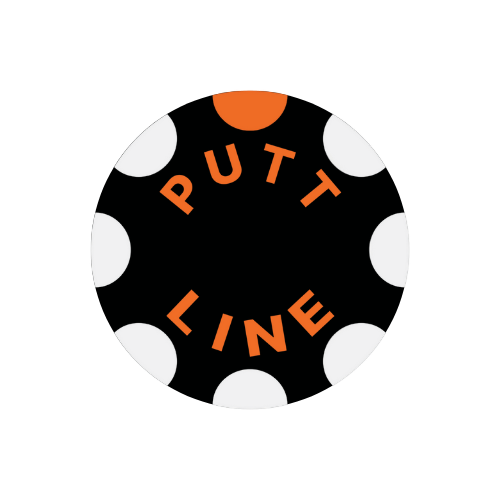
Unlocking the Secret to Better Putting – Master Green Reading and Alignment for Consistent Results
For many golfers, the putting green is where scores are made or broken. While countless hours are spent on the driving range perfecting a swing, putting – especially green reading and alignment – often takes a back seat. Yet, this overlooked skill is one of the biggest factors that separate amateurs from low-handicap golfers.
If you’ve ever felt the frustration of leaving putts short, missing to the right or left, or feeling unsure about your aim, you’re not alone. In this guide, we’ll explore how understanding green reading and alignment can unlock your putting potential and how simple tools and practice methods can support these skills to give you more confidence on the greens.
Why Green Reading and Alignment Are So Important
Most amateur golfers would agree: putting can feel like a guessing game. But unlike the full swing, putting is highly controllable with the right approach. Green reading and alignment aren’t about luck; they’re about visualizing the path to the hole and setting up with consistency.
1. Green Reading: Where the Break Matters Most
Reading greens is an art form that requires knowing where the ball will break and how to adjust your line. Most golfers instinctively focus on the hole, but experienced players know that identifying fall lines and break points makes all the difference. A string line or visual guide can help you practice identifying slopes, allowing you to gradually become more confident in reading greens accurately.
2. Alignment: Why Being Just 1° Off Costs You Strokes
A putter face that’s just 1° open or closed can mean the difference between a holed putt and a missed opportunity. The closer you align your putter face to your intended target line, the more likely you are to sink your putt. Tools like alignment strings or small target markers provide a way to develop muscle memory for setup and aim, ensuring you consistently position yourself squarely over the ball.
Common Putting Mistakes (and Simple Fixes)
Many amateur golfers fall into similar traps on the green. Here are some of the top mistakes and ways to fix them with easy practice routines and tools.
Mistake #1: Misalignment on Short Putts
One of the most frustrating experiences is missing short putts. Often, misalignment is to blame; even a slight offset can lead to missed putts, especially within 5 feet. Using a visual alignment aid, like a string line positioned directly over the target, allows you to see the correct line from setup to impact, helping you square up more confidently.
Mistake #2: Inconsistent Speed Control
Speed control is essential for sinking longer putts, but it can be tricky to master. Many golfers leave putts short or roll them well past the hole because they lack a feel for distance. Placing small targets or markers at various lengths on the green can give you a reliable way to practice distance control, so you develop a consistent feel for pace, even on longer putts.
Mistake #3: Lack of Confidence Due to Unclear Aim
Confidence is key in putting, and having a clear visual of your aim can make all the difference. By setting up simple drills with alignment tools, you can gain the instant feedback needed to eliminate doubt. This way, each putt becomes a confident, repeatable action rather than a guessing game.
How to Practice for Maximum Improvement
Whether you’re practicing indoors or on the green, here’s how to make the most of alignment tools and drills in your putting practice routine.
- Set Up for Straight Putts: Start on flat sections of the green to develop consistency in hitting straight putts. This reinforces the feeling of a square alignment.
- Practice Breaking Putts: Position an alignment aid across sloped sections of the green to improve green reading. Visualize how the ball will break and adjust your aim accordingly.
- Work on Speed Control: Set up markers at different distances, focusing on pace rather than aim. This helps you understand how different stroke strengths affect distance, essential for improving feel.
- Build a Routine: The key to great putting is a reliable routine. Incorporate alignment and feedback tools into your practice to develop a strong pre-shot routine you can trust on the course.
Why Alignment and Practice Tools Can Help Transform Your Game
Alignment and practice tools are more than just accessories; they’re a way to transform your putting practice into a purposeful routine. By making use of visual cues and instant feedback, you’ll be able to consistently address alignment and speed control issues. Whether indoors or outdoors, these tools make it easier to refine your putting fundamentals so that your game on the green becomes a strength instead of a struggle.
Take Your Putting to the Next Level
If you’re tired of struggling with missed putts and inconsistent alignment, investing in an alignment system like Putt Line provides the guidance you need. With clear visual cues and structured feedback, you can train with purpose and watch your scores drop.
Unlock your potential on the green today and start rolling every putt with confidence. The green awaits—make every stroke count.
